Computing and Physics
Staff from both SCD and the STFC Particle Physics Department attended the Computing in High Energy and Nuclear Physics (CHEP) conference in Sofia, Bulgaria. This conference is the biggest for computing for particle and nuclear physics, so an important resource for keeping up to date with the latest in software performance, machine learning, computing platforms and Grid infrastructure.
.jpg) SCD Systems Division staff presented their work and engaged with people from the Worldwide LHC Computing Grid (WLCG), one of our biggest user communities, and other relevant communities who were well- represented at CHEP. Presentations came from a number of staff, including Adrian Coveney who was there as leader of the APEL resource usage accounting team. While the WLCG and EGI have both made significant progress towards solutions for storage space accounting, one area that is still quite exploratory is that of dataset accounting. Adrian presented on some of the exploratory work done as part of the H2020 funded EGI-Engage on dataset usage accounting; and
SCD Systems Division staff presented their work and engaged with people from the Worldwide LHC Computing Grid (WLCG), one of our biggest user communities, and other relevant communities who were well- represented at CHEP. Presentations came from a number of staff, including Adrian Coveney who was there as leader of the APEL resource usage accounting team. While the WLCG and EGI have both made significant progress towards solutions for storage space accounting, one area that is still quite exploratory is that of dataset accounting. Adrian presented on some of the exploratory work done as part of the H2020 funded EGI-Engage on dataset usage accounting; and
Rob Appleyard, who presented our progress with the new 'Echo' storage system that we're using to support the Tier-1, which handles data from the LHC at CERN. Echo has been designed to meet the data demands of LHC Run 3 and is already providing better overall throughput than the service it will eventually replace (CASTOR).
Summer School
The annual CCP5 Summer School for Molecular Simulation was held earlier this month at Lancaster University and welcomed 70 students from the UK and overseas, with some coming from as far as Argentina.
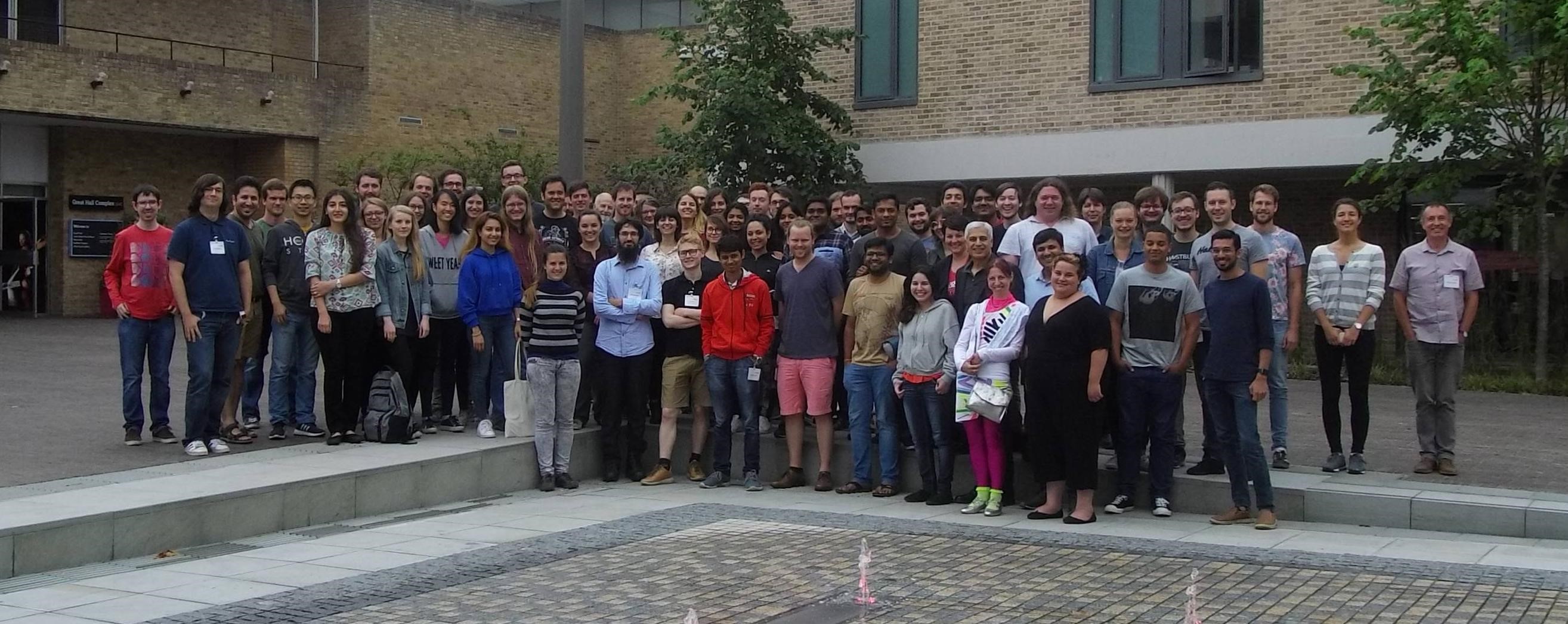 This popular event was aimed at newcomers to the science of molecular simulation so the majority of participants were early-career PhD students. They were given a comprehensive introduction to the subject from lecturers who, each morning, took them through a variety of elementary molecular simulation subjects. In the afternoons students took part in a series practical workshop sessions where they were able to try some hands-on computational exercises.
This popular event was aimed at newcomers to the science of molecular simulation so the majority of participants were early-career PhD students. They were given a comprehensive introduction to the subject from lecturers who, each morning, took them through a variety of elementary molecular simulation subjects. In the afternoons students took part in a series practical workshop sessions where they were able to try some hands-on computational exercises.
Student training at the Daresbury laboratory
Dr Vlad Sokhan from SCD's Computational Chemistry Group imparted knowledge and know-how to a visiting student. Imperial College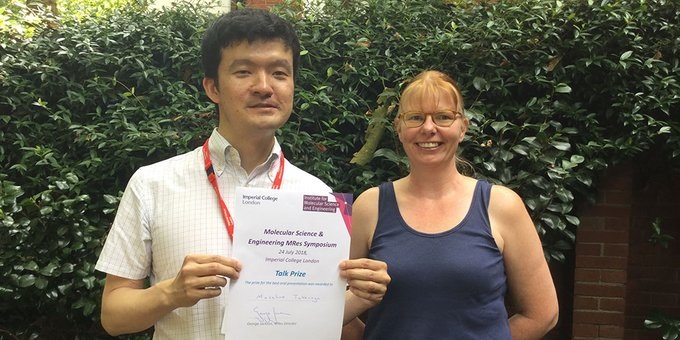 MRes student Masahiro Takenaga (pictured right with Dr Patricia Hunt from Imperial) joined the group during the summer to gain valuable experience in modelling methodology. A molecular dynamics software suite known as DL_POLY, which was developed by the group at the Daresbury Laboratory in Cheshire, enabled Masahiro to apply advanced simulation methods to ionic liquids, giving him first-hand experience of DL_POLY's capability and setting milestones for his research.
MRes student Masahiro Takenaga (pictured right with Dr Patricia Hunt from Imperial) joined the group during the summer to gain valuable experience in modelling methodology. A molecular dynamics software suite known as DL_POLY, which was developed by the group at the Daresbury Laboratory in Cheshire, enabled Masahiro to apply advanced simulation methods to ionic liquids, giving him first-hand experience of DL_POLY's capability and setting milestones for his research.
He said, "Thanks to the support from Daresbury Lab I have learned how to use the DL_POLY software, from generating input files to analysing the computed results. I started by learning about Linux shell, commands and directory structure before going on to the more advanced work with atomistic models, equations of motion and electrostatic interactions.These new skills enabled me to understand the properties of materials, which were difficult to study experimentally, and will enable me to design and create novel materials in my future work."
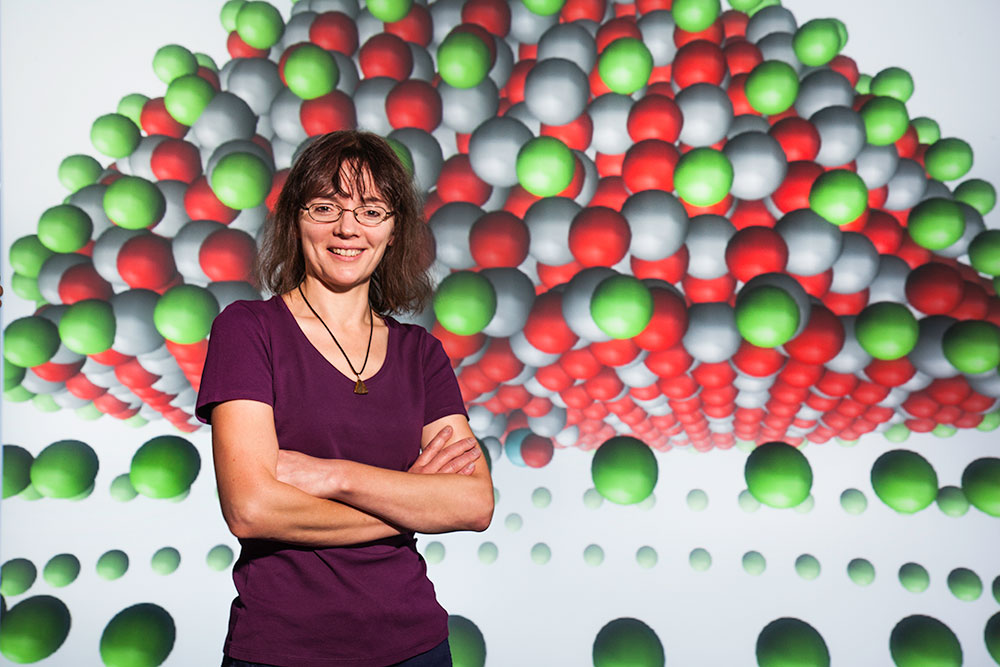 The Daresbury Laboratory was also the venue for the very first SCD Work Experience Summer School. SCD and the Hartree Centre received so many enthusiastic applications for work experience with very few staff available to offer a full week of mentoring, that they decided to provide mentoring 'en masse'. Led by Dawn Geatches (pictured left) from the Computational Chemistry Group, the students worked on a main activity throughout the week, which was one (or more) of four projects devised by SCD staff:-exploring vibrational modes in graphene, molecular dynamics of large molecules on membranes, machine learning applied to cheminformatics, and quantum mechanics applied to molecular crystals. The project work was interspersed with talks from staff across SCD and Hartree, an interactive afternoon spent on benchmarking, and tours of the site: the tower, Engineering Technology Centre, Campus Technology Hub, and of course the High Performance Computing machine rooms.
The Daresbury Laboratory was also the venue for the very first SCD Work Experience Summer School. SCD and the Hartree Centre received so many enthusiastic applications for work experience with very few staff available to offer a full week of mentoring, that they decided to provide mentoring 'en masse'. Led by Dawn Geatches (pictured left) from the Computational Chemistry Group, the students worked on a main activity throughout the week, which was one (or more) of four projects devised by SCD staff:-exploring vibrational modes in graphene, molecular dynamics of large molecules on membranes, machine learning applied to cheminformatics, and quantum mechanics applied to molecular crystals. The project work was interspersed with talks from staff across SCD and Hartree, an interactive afternoon spent on benchmarking, and tours of the site: the tower, Engineering Technology Centre, Campus Technology Hub, and of course the High Performance Computing machine rooms.
Conferences and symposiums
The Computational Mathematics Group has been kept busy, with Nick Gould, Tyrone Rees and Jennifer Scott attending the 6th IMA Conference on Numerical Linear Algebra and Optimization. They gave talks and arranged a mini-symposium on least-squares problems, which was very well attended. Jennifer and Nick were on the scientific organising committee for the conference.
In July, Nick Gould also attended the triennial International Symposium on Mathematical Programming in Bordeaux .
The European FET-HPC Project NLAFET, a research project on developing algorithms and software for numerical linear algebra on extreme scale computers, has been extended by six months. The project will now run until 30 April 2019. SCD's main contribution is on sparse direct methods and the extension will principally enable finer tuning of the codes and more testing on applications.
Florent Lopez represented the NLAFET team at the 10th International Workshop on Parallel Matrix Algorithms and Applications, in Zurich, Switzerland. He was invited to speak at a mini symposium on task based algorithms so presented their recent work on using GPUs to enhance the solution of sparse indefinite systems.
During July, Professor David Emerson spent some time in Barcelona, Spain. His first foray was as an invited member of the selection panel for the EU-funded COFUND STARS programme at Barcelona Supercomputing Centre. A week later he was on the panel, along with colleagues Professor Rainald Lohner (George Mason University) and Dr Jaiwon Shin (NASA HQ), at the 10th International Conference on Computational Fluid Dynamics (CFD) to discuss the 2030 Vision for CFD in the Aeronautics Sector.
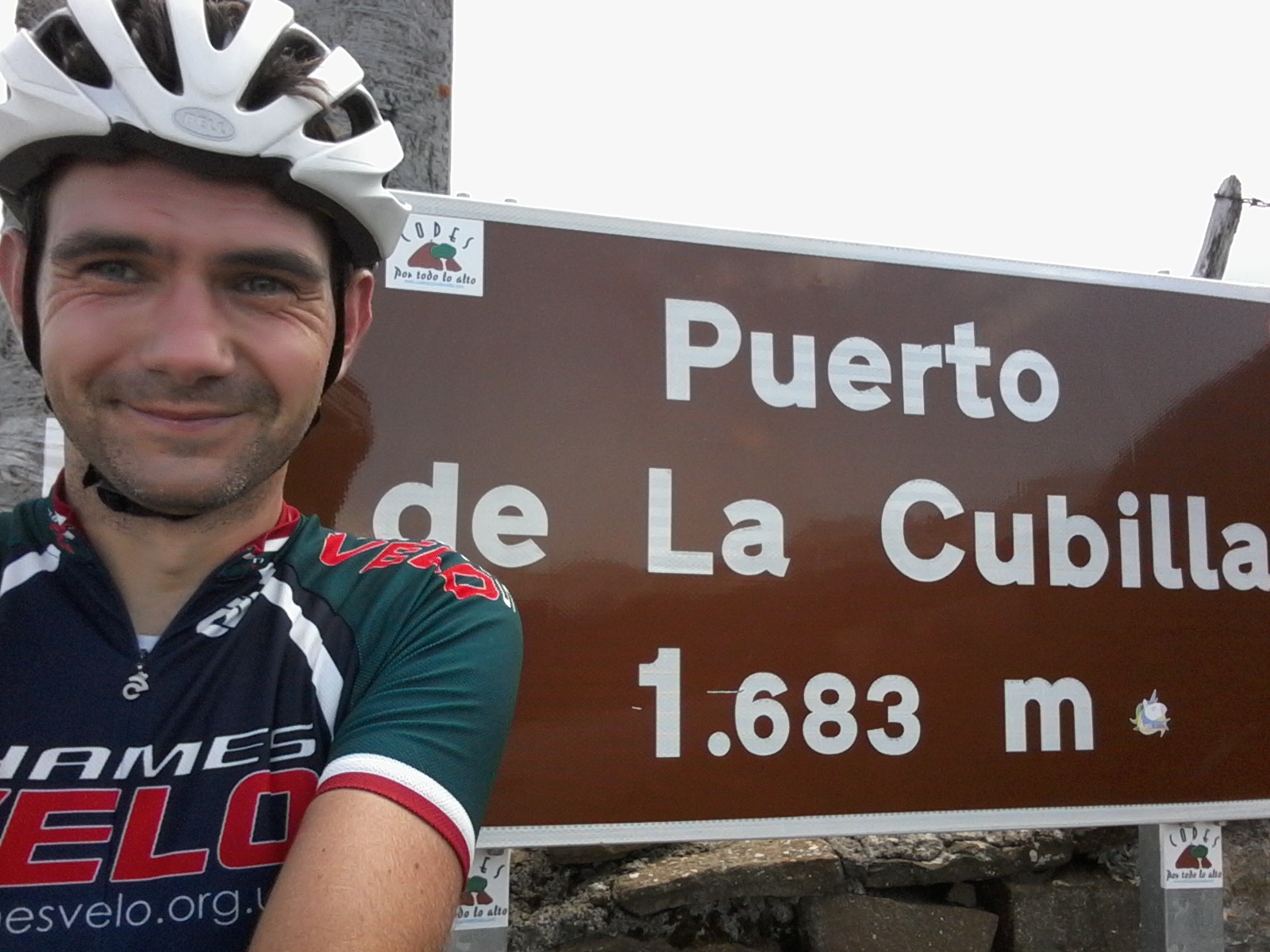 At the end of August Tom Burnley from SCD's Biology and Life Sciences Group participated in the 31st European Crystallographic Meeting in Asturias, Spain. Along with Professor Isabel Usón from the Molecular Biology Institute of Barcelona's Structural Biology Unit (part of the Spanish National Research Council) he co-chaired micro-symposium 42 – 'New approaches to structure solution by crystallography and CryoEM: computational features and new algorithms'. This included five excellent talks describing new computational methods.
At the end of August Tom Burnley from SCD's Biology and Life Sciences Group participated in the 31st European Crystallographic Meeting in Asturias, Spain. Along with Professor Isabel Usón from the Molecular Biology Institute of Barcelona's Structural Biology Unit (part of the Spanish National Research Council) he co-chaired micro-symposium 42 – 'New approaches to structure solution by crystallography and CryoEM: computational features and new algorithms'. This included five excellent talks describing new computational methods.
When he wasn't working Tom did manage to find a little time to explore the mountainous and very picturesque Asturias region. A keen cyclist, Tom said the region “also has some nice climbs to cycle up…"
Shanghai Synchrotron seminar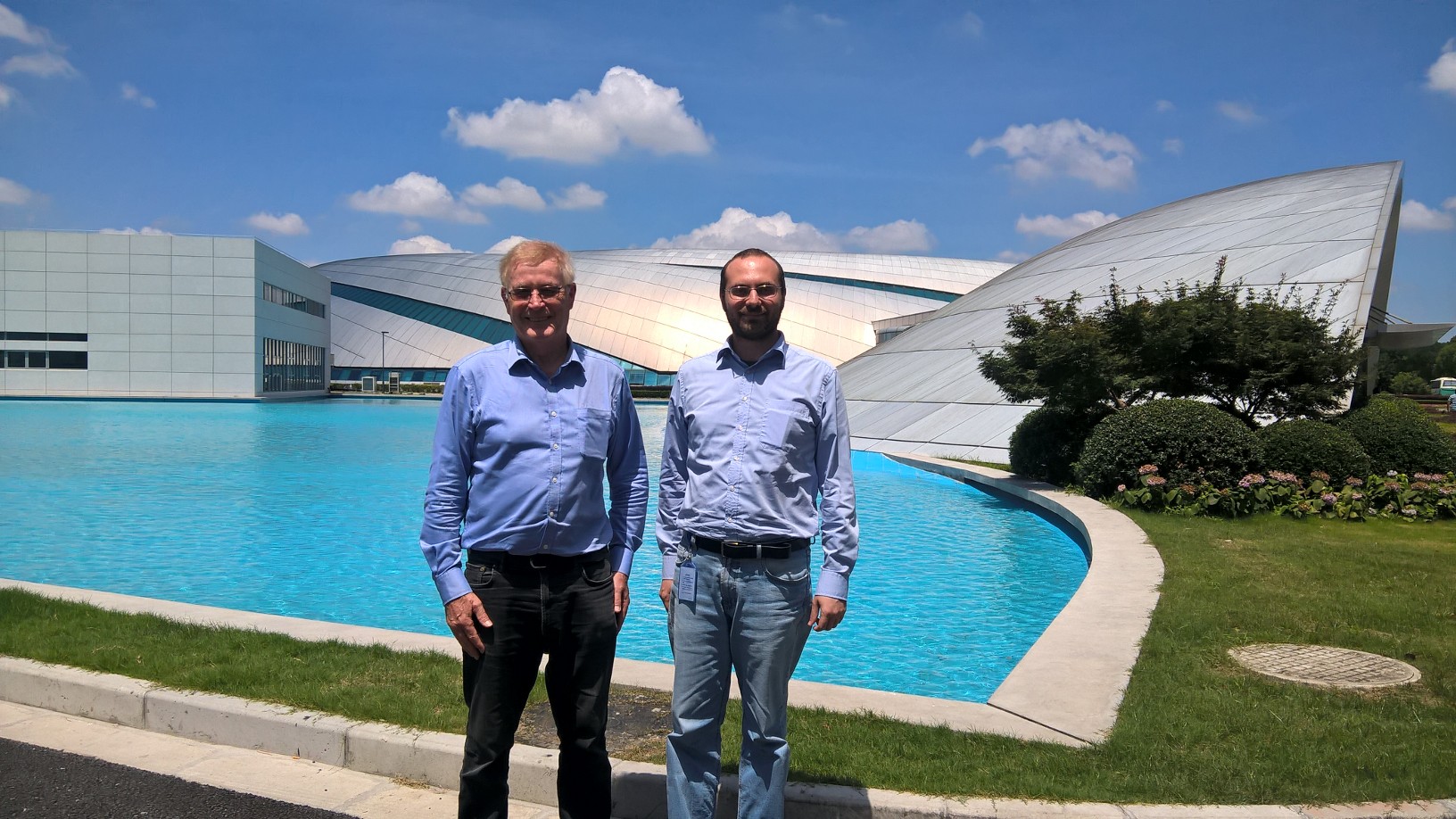
Our Chief Data Scientist, Professor Tony Hey, visited the Shanghai Synchrotron Laboratory in July. He gave a seminar on 'Big Scientific Data and Data Science' and was given a tour of the Synchrotron and their soft X ray Free Electron Laser. He is currently exploring the feasibility of hosting a joint workshop on 'data pipeline' challenges, at the Rutherford Appleton Laboratory towards the end of the year.
Congratulations are also in order for Tony, who has been awarded an honorary degree from the University of Southampton.
Pilot projects
Two pilot projects at Oxford University are now underway for DAFNI (Data and Analytics Facility for National Infrastructure). These are:
- Studying the impact of transport infrastructure on housing markets
- Development of a digital communications model for Britain
Talks are ongoing with a number of organisations interested in working with the DAFNI team, including the Department for Transport, Ordnance Survey and Oxfordshire County Council.
